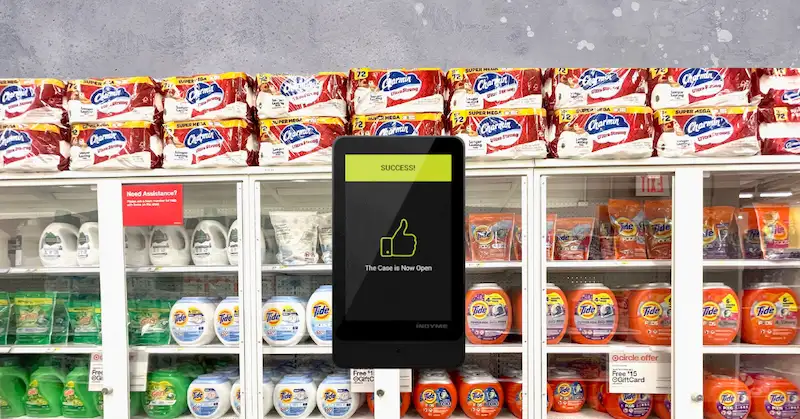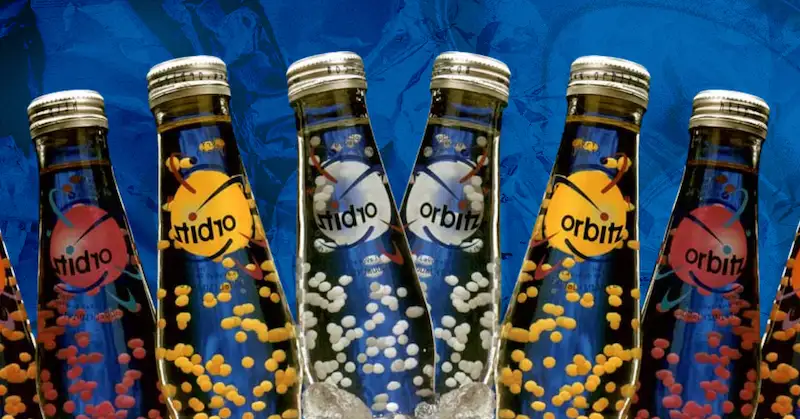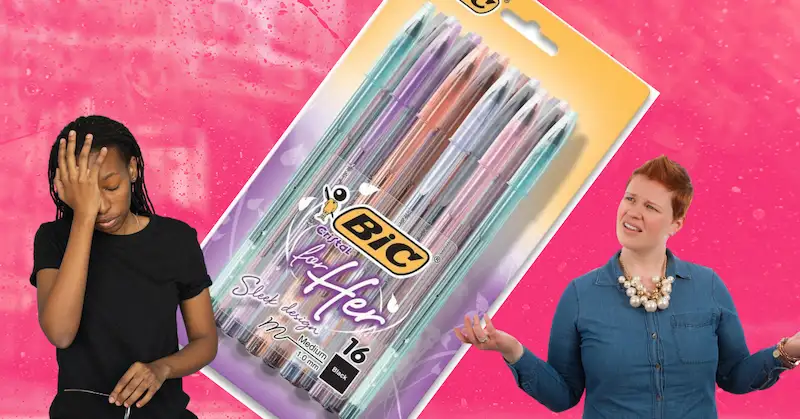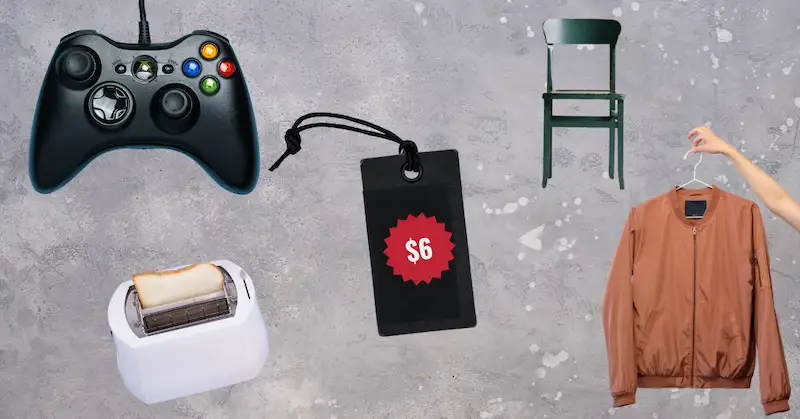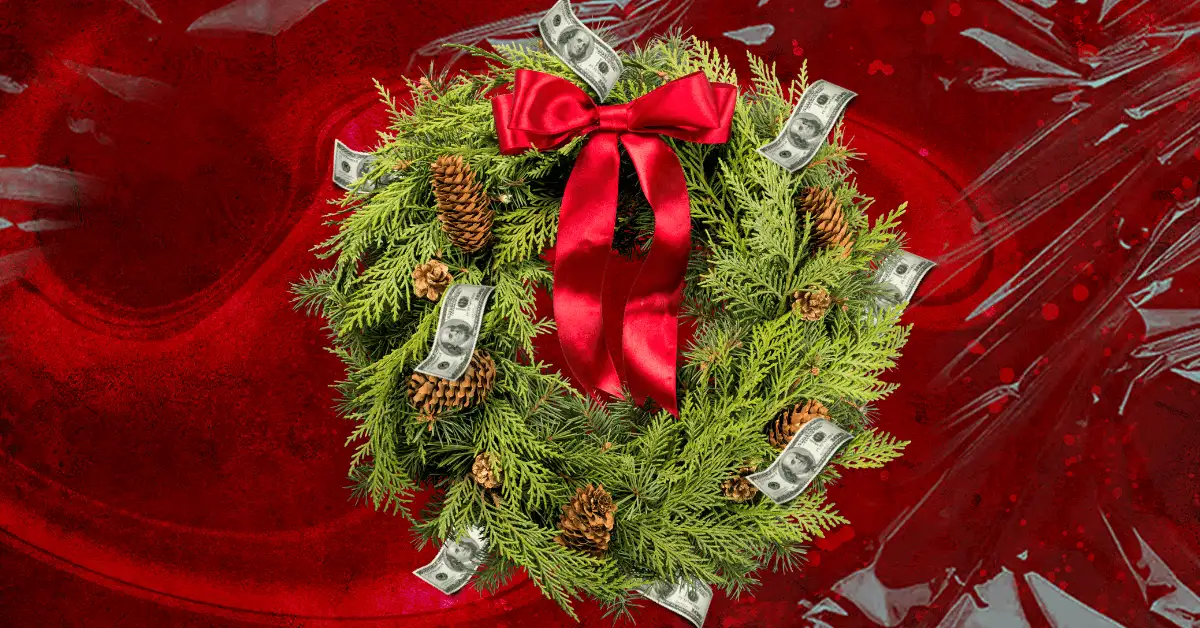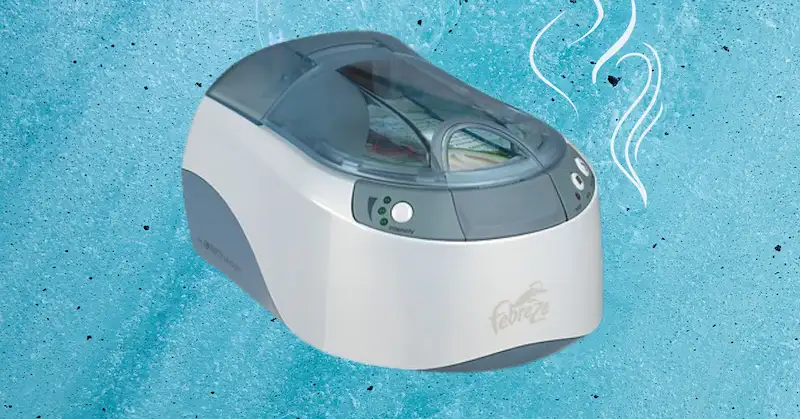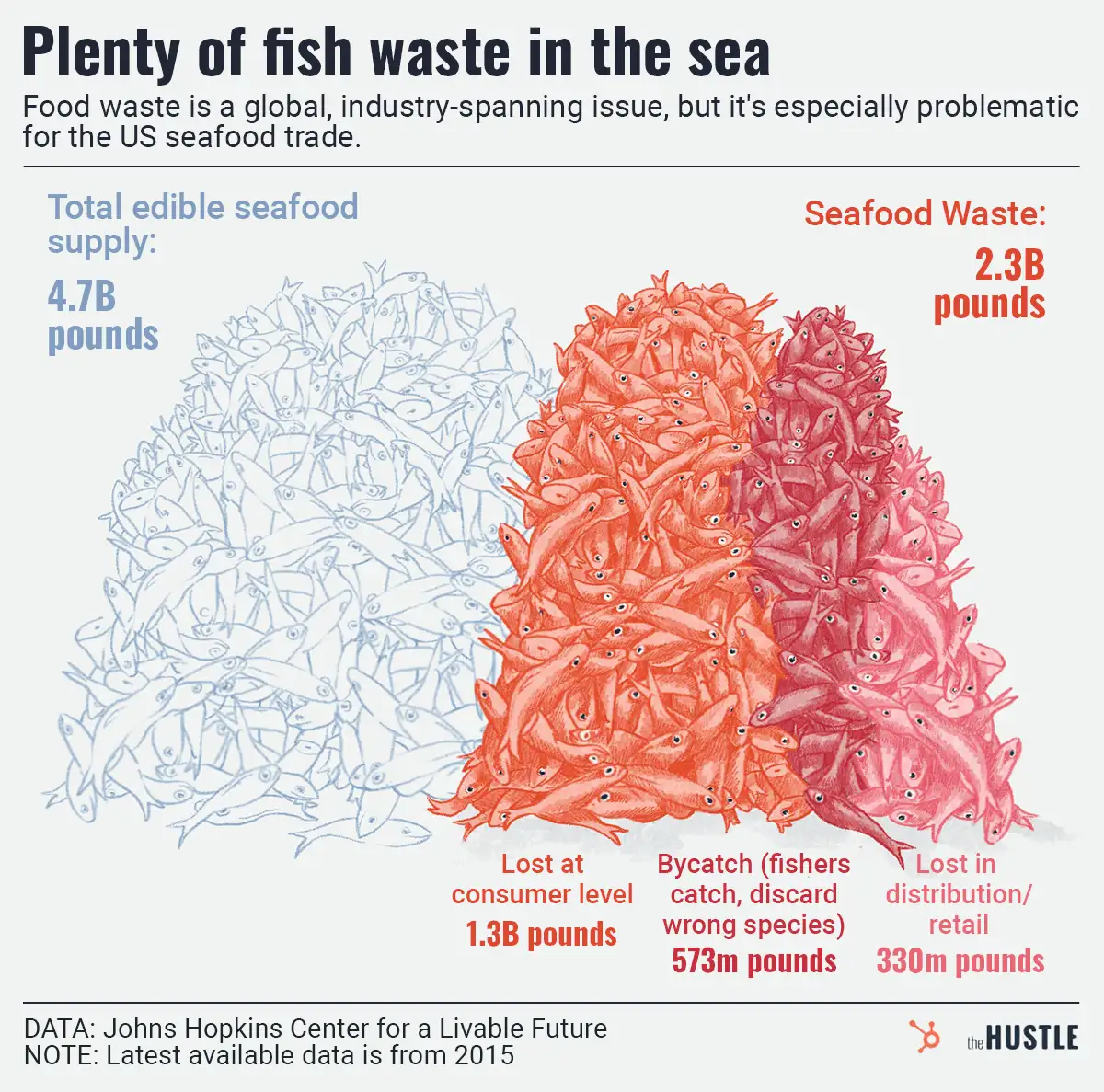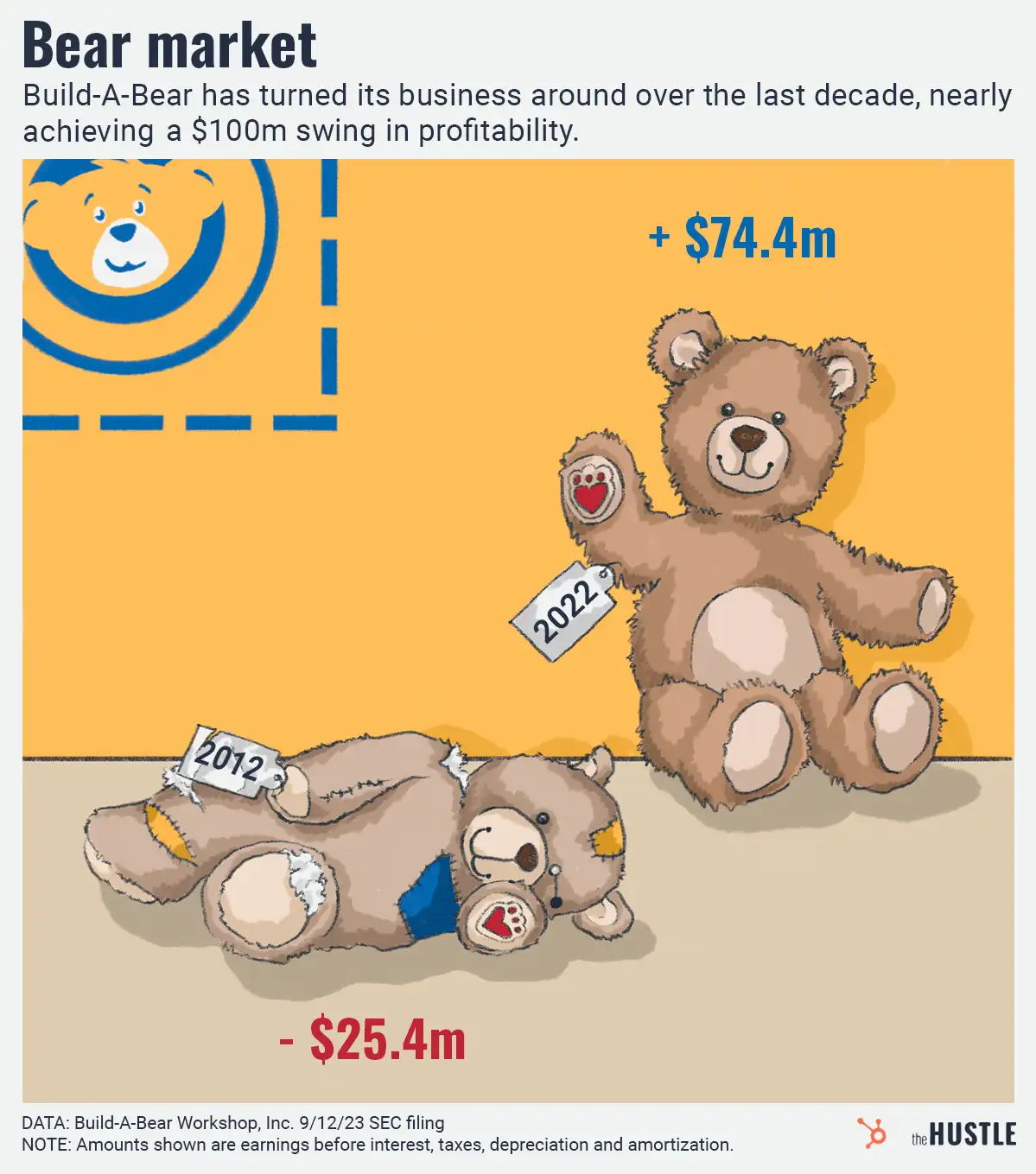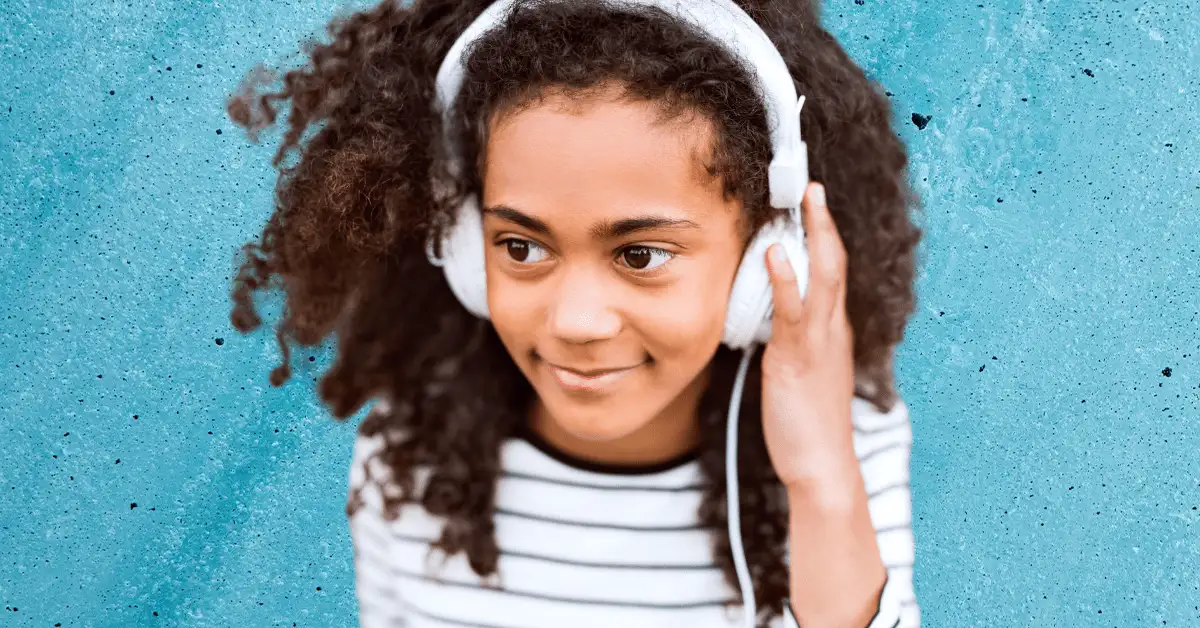“Just one… OK, maybe 10” (Source: Noel Hendrickson / Getty Images)
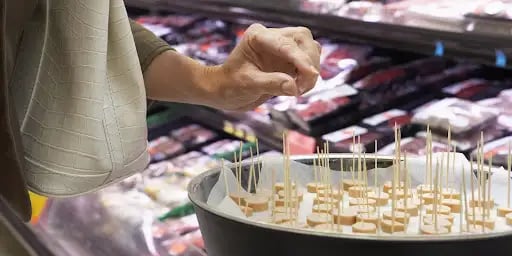
Free samples — arguably the best part of grocery shopping — disappeared at the onset of the pandemic.
As consumer behavior changed, brands were forced to rethink the time-tested practice.
Sampling is important because it works
Not only does in-store sampling introduce new products and refresh old ones, but also it sways shoppers from their usuals, increases store loyalty, and creates a sense of reciprocity.
- In 2005, Marsh Supermarkets found that sampling could increase purchases as much as 2,000%.
- To reboot its image, Spam gave away 100k+ samples at 65 UK stores. Sales rose by 656% that week and 10% that year.
- A 2019 study found 85% of samplers who bought a product were 1st-time buyers. Samplers were also 11% more likely to buy again within 20 weeks.
Meanwhile, not sampling hurts. Rodrigo Salas of Molli Sauces told Eater that sales dropped ~30% after the pandemic halted sampling in 2020.
With consumer behaviors shifting…
… brands are testing new sampling techniques — and some of them are pretty creative:
- Heineken partnered with meal-kit service HelloFresh to let customers try its new nonalcoholic Heineken 0.0 with their dinners.
- Coca-Cola stuck samples in online shopping orders and donated products to frontline workers.
- The Freeosk is a contact-free kiosk that dispenses packaged samples at Albertsons, Walmart, Safeway, and other retailers.
We can’t speak to the actual quality of samples from a Freeosk, but what a great portmanteau!

